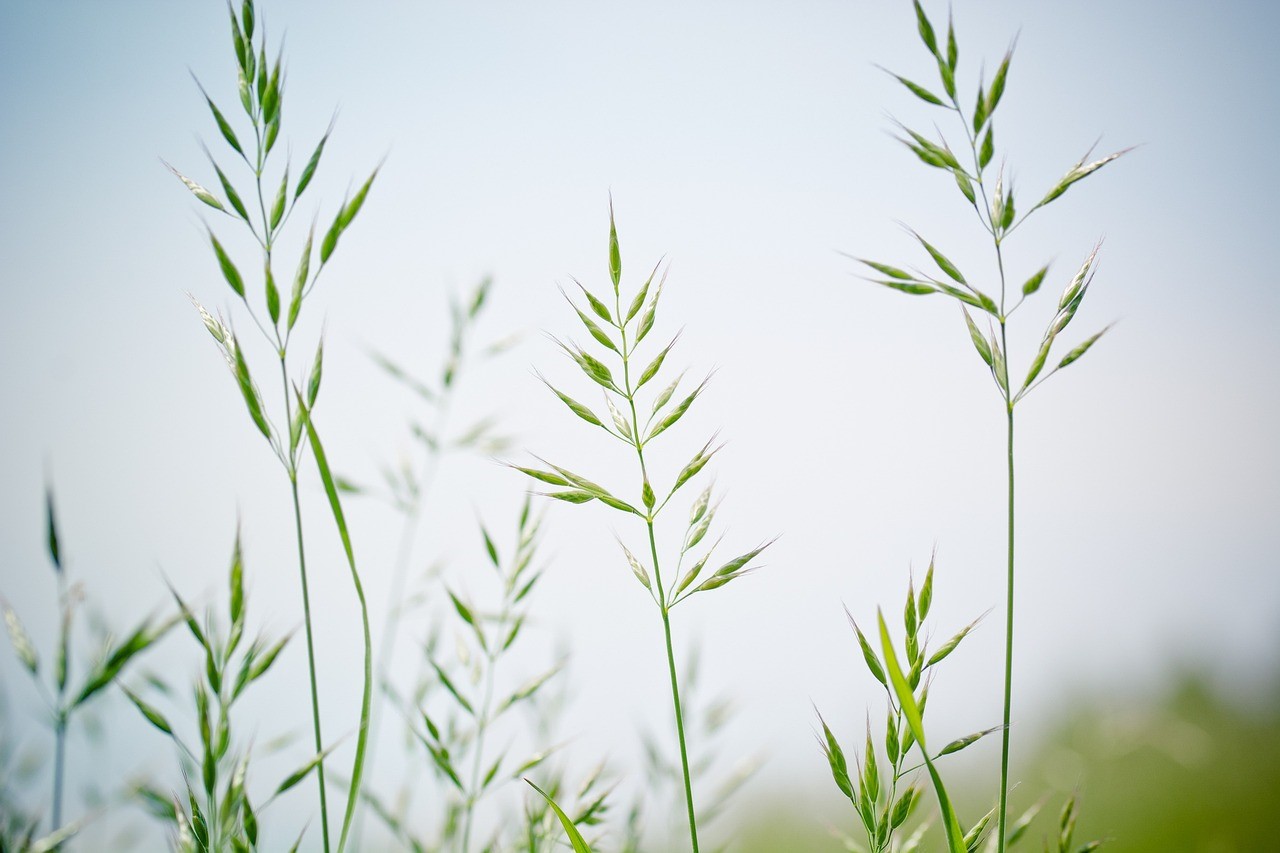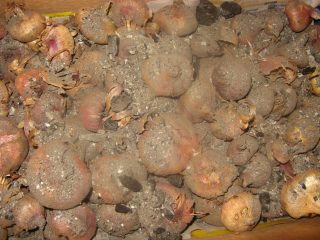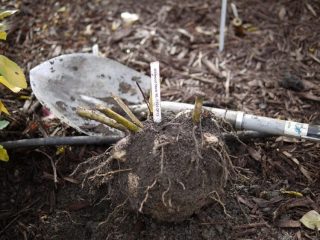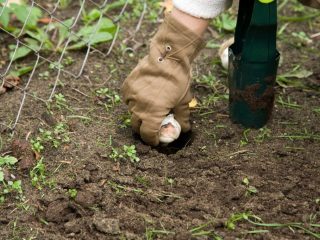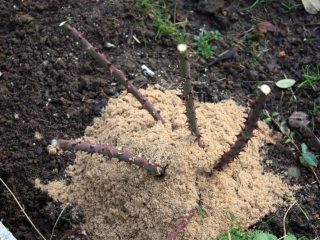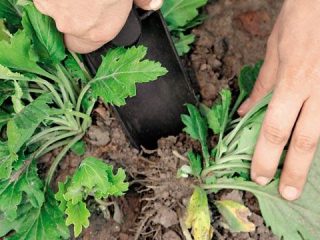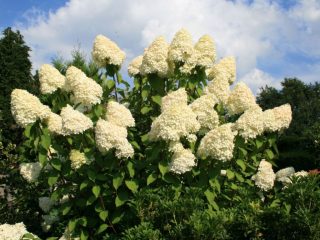Content
Meadow fescue (lat. Festuca pratensis) is a perennial herbaceous crop that belongs to the genus and family of Poaceae of the same name. It is valuable as a forage plant and is also used to create a beautiful lawn. The grass is characterized by rapid growth, ease of care and resistance to adverse external factors - frost, drought, waterlogging. Therefore, when using it for your lawn, you can be sure that it will retain its decorative appearance for ten years or more with proper care.

Meadow fescue can quickly fill the allotted space
Description of meadow fescue with photo
In appearance, this herbaceous crop differs from other representatives of the Cereal family. Therefore, knowing the characteristic features, you can accurately identify it among other plants.
What does meadow fescue look like?
The plant is distinguished by strong, weakly leafy, upright growing shoots and thick, durable turf. The rhizome of fescue is well developed, fibrous type. Some of its branches penetrate to a depth of 50 cm or more. However, the bulk of the roots are located in the upper layer of soil at a level of 20 cm from the soil surface. The leaves are narrow-linear, flat, 20-25 cm long and no more than 0.3-0.5 cm wide. There are ears at the base of the plates.

The leaves of the variety are rough on top and along the edges
According to the generally accepted classification, the type of tillering of meadow fescue is loose-bush. This means that the growth of new shoots begins under the surface of the soil. In the top layer of soil there are short internodes, which, coming to the surface, begin to form shoots and leaves. Moreover, at the base of the tillering zone, additional lateral stems are formed, thanks to which the grass bush grows and enlarges.
The panicle inflorescences of meadow fescue are one-sided compressed, and only at the end of the first month of summer do they become slightly spreading. The spikelets are linear-oblong and include 3-10 flowers. Their length reaches 15 mm, and the color can be green or faint purple. The lower color scales are bare, broadly lanceolate, and the upper ones are sharp, but without an awn.
The seeds are large, greenish-gray, lanceolate. Their length is 4-8 mm, width 0.9-1.8 mm, and thickness varies from 0.6 to 1.2 mm.

The cereal begins to bear fruit from the second year of life
Height of meadow fescue
The height of this herbaceous perennial is between 90-140 cm.In the first year of growth, the grass is distinguished by active tillering, so the length of the shoots is minimal. In the second and third seasons, full development occurs, and the height of the perennial reaches its maximum.
Where does meadow fescue grow?
In nature, the distribution area of the perennial grass meadow fescue covers the territory of Europe and Asia Minor. The plant is found in the forest-steppe, as well as in the central part of river floodplains. The species is cultivated in the Caucasus, Central Asia, the European part of Russia, Western and Eastern Siberia.
The culture prefers fertile soils rich in organic matter. It is found both in open places and in slightly darkened areas.
When does meadow fescue bloom?
The grass begins to bloom in the second year after planting. It forms panicles in open areas in the second ten days of June, and in slightly shaded areas - at the end of the first summer month. Mass flowering of the cereal is observed in the morning from 5 to 8 o'clock.

The period lasts for 6-8 days
The difference between meadow fescue and reed fescue
These two cereal crops, despite some similarities in appearance, have clear differences. Tall fescue is also characterized by a loose-bush type of tillering. However, unlike the meadow species, it is capable of developing even on depleted saline soils.

Tall fescue can be used not only for pastures and lawns, but also for landscaping roadsides and slopes of highways
Tall fescue, unlike meadow fescue, is more hardy and even with a fairly long drought, it retains the dark green color of its leaves, which will stand out against the background of the dried grass around it.
But the advantage of meadow grass is that it tolerates mowing better, restores grass cover much faster, and its stems do not become stiff.
The leaves of tall fescue are wider. The plates are pointed, and at the base there are blunt ears with cilia. On the flower scales it has silicon spines, which are absent in the meadow type of crop. Tall fescue also has a more luxuriant panicle. It consists of four to five spikelets.

The flowering period of tall fescue begins a week earlier and lasts for 8-10 days
The main difference between meadow grass and reed grass is its high decorative value. Using it for your lawn, you can get a uniform grass cover in a short time, which will last for many years. However, tall fescue is superior to meadow fescue in terms of resistance to trampling. Therefore, it is better to use the first one for landscaping parks and squares, and the second one for areas that involve an increased load on the grass.
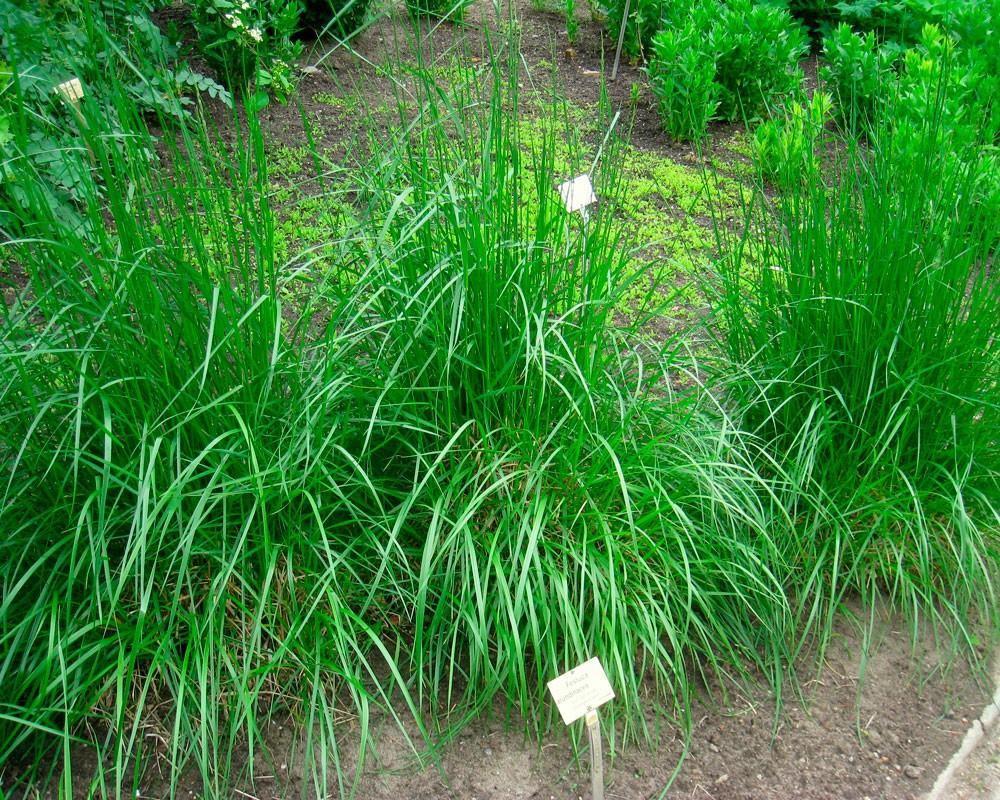
The reed type of cereal adapts well to various types of soil
Varieties of meadow fescue
Thanks to selection, many varieties of meadow fescue (festuca pratensis) have been obtained. They have some differences in characteristics and recommended growing regions. Before making a choice, it is recommended to carefully study the information provided by the manufacturer.
Popular varieties:
- Barayka. A Dutch variety that is recommended for cultivation in the Central region of the country. Entered into the State Register in 2015. In the first season it forms semi-erect bushes. The height of its shoots reaches 0.7-0.8. Fescue variety Barayka blooms in the second ten days of June.Its productivity as a fodder crop reaches 27.2 c/ha. The species shows good stability in grass stands.
The Barayka variety does not tolerate prolonged stagnation of moisture in the soil.
- Barvital. Another Dutch variety of cereal crop, which was included in the State Register of Russia in 2017. Belongs to the category of mid-early species. Forms semi-creeping bushes, the height of which in autumn in the year of sowing reaches 70-80 cm. The yield as green fodder reaches 34.1 c/ha.
Barvital is less susceptible to diseases
- Faith. A Russian variety that is approved for cultivation in the West Siberian region. Included in the State Register in 2015. The bushes are semi-erect, intermediate, green leaves of medium width. Medium early variety. The height of its bushes reaches 80-90 cm, and is characterized by a high protein content in the dry matter of the green mass.
The Vera variety does not suffer from temperature changes
- Dedinovskaya 8. Shows good performance in the Volga-Vyatka, Central and North-Western regions. The variety was bred at the Kaluga Research Institute of Agriculture. Characterized by high resistance to frost and drought. It has an accelerated growth rate and performs well in grass. It was included in the State Register in 1966.
Variety Dedinovskaya 8 tolerates spring flooding for up to 30 days
- Penza 1. This fescue is of the winter type of development. Forms an erect, loose bush. The variety is characterized by increased branching. The average height of its shoots is 58 cm. The Penzenskaya 1 variety belongs to the category of early crop types; the first mowing can be carried out 30-35 days after the beginning of spring growth. It is recommended for cultivation in the central and northern regions.
Plant foliage at Penza 1 is 79%
Pros and cons of using meadow fescue for the lawn
Meadow fescue is in high demand as a lawn grass, as it has many advantages. However, it also has certain disadvantages that need to be taken into account.

Fescue remains decorative for up to two weeks without watering
Main advantages:
- active accelerated growth;
- tolerates frequent mowing well;
- suitable for sowing between fruit trees;
- durability of the lawn;
- ease of care.
Flaws:
- low resistance to trampling;
- needs fertile soil;
- Requires combing in spring.
How to plant meadow fescue
The culture prefers loamy soil with a neutral acidity level. In advance of planting, the area must be cleared of plant debris and possible stones. In case of severe weed infestation, it is necessary to treat with Roundup herbicide a month before sowing.
After the waiting period, it is recommended to dig up the area to a depth of 30 cm. Then, using a special roller, the soil surface should be leveled to eliminate possible unevenness and voids.
Immediately before sowing, the soil must be slightly loosened with a fan rake to a depth of 1-2 cm. After this, the grass mixture must be scattered over the entire area, stepping back. At the end of planting, you need to go through the roller again, pressing the seeds into the ground.
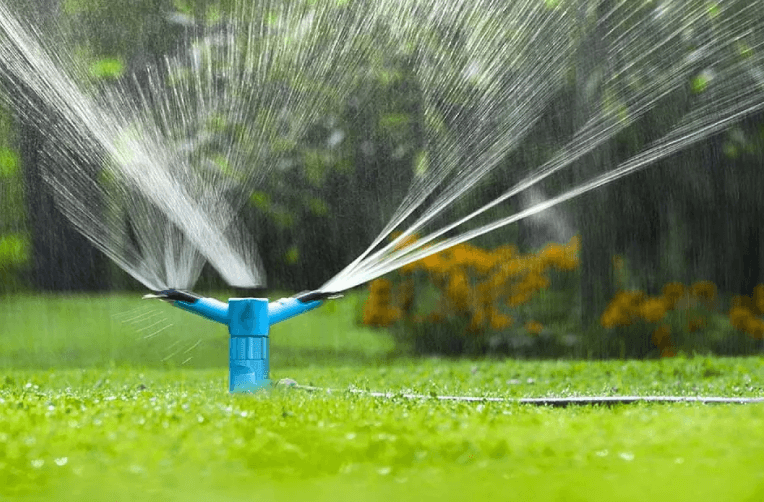
Upon completion, the area must be watered by sprinkling.
When to sow meadow fescue
It is recommended to sow cereals in early spring, namely in early to mid-April.But it is important that the soil has already warmed up to a depth of 5 cm and become sufficiently loose.
Seed rate for meadow fescue
When sowing meadow fescue in its pure form, the seeding rate per 1 hectare is 300-500 g. And when using the cereal as part of a grass mixture for the same area, it is recommended to use 100-120 g.
When planting fescue on a large scale with continuous sowing, the recommended seeding rate is 15-17 kg per 1 ha, with wide-row sowing - 9 kg per area size.
How long does it take for meadow fescue to emerge?
The required time for the first shoots to appear is ten days, and the shoots emerge in two weeks. However, with sudden temperature changes that are possible in spring, the period may increase by several days.

The grass is especially recommended for creating a decorative lawn
Care instructions
A fescue lawn does not require complex care. But by following some rules of agricultural technology, you can significantly extend its life.
Main stages of care:
Period | Actions |
In March | Visual inspection of the area, leveling uneven areas where melt water accumulates |
In April | Feed the lawn with special fertilizers, combining the procedure with watering |
In May | Comb out the fescue and then trim with a lawn mower |
In June | Re-mow and level the boundaries of the area |
In the second half of summer | Timely watering and trimming to maintain decorative appearance |
In September | Feed the lawn before winter |
Conclusion
Meadow fescue is a perennial grass that is excellent for creating pastures and lawns. Moreover, it can be used in pure crops and as part of grass mixtures. With proper care, the crop shows high decorativeness and vitality for many years.

